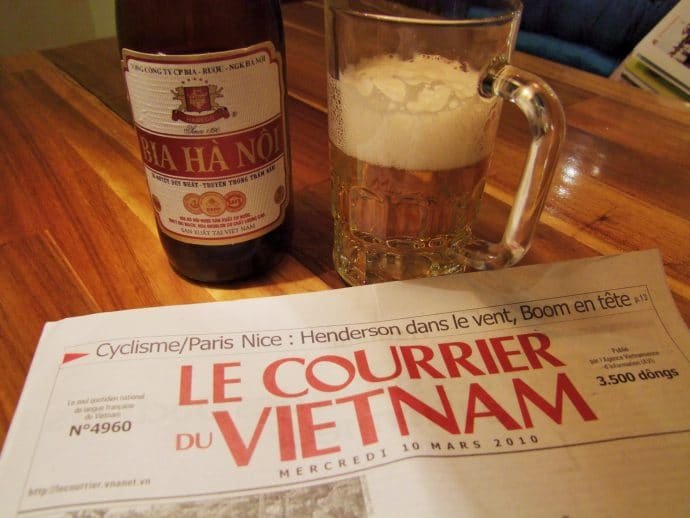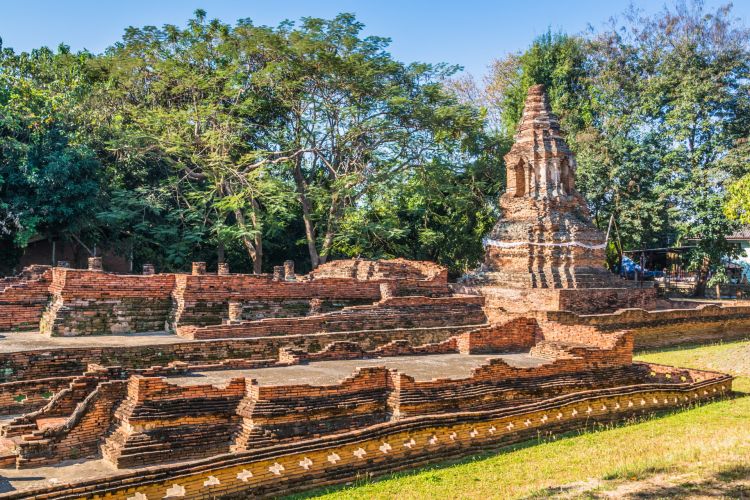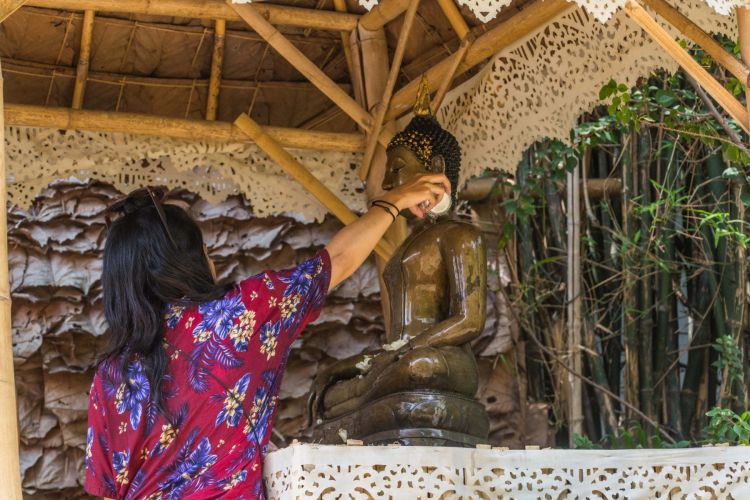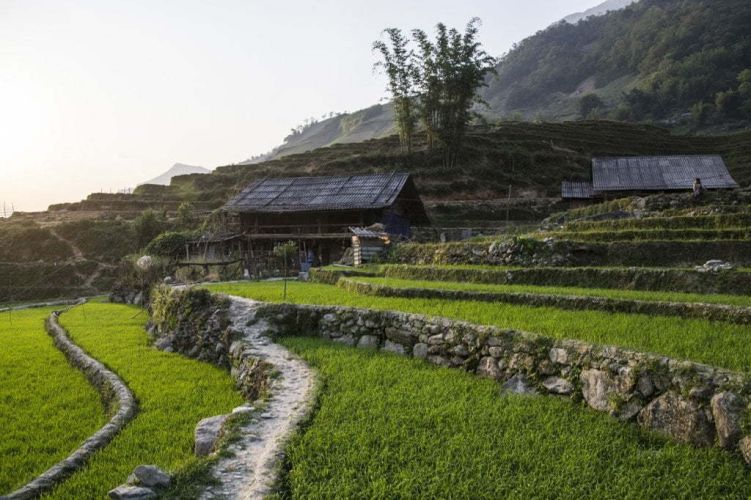Last stage of this 2010 stay in Vietnam, we are at the gates of the north of Vietnam (which we will visit in more detail a few years later).
The legendary Hanoi, a must-see (because it's unmissable, not because you have no choice!) on your way to the equally famous Halong Bay. Hanoi and its past as an important colonial city, its lakes, its climate (completely different from the rest of the country, as evidenced by the abrupt break with good weather from Hue) give it an undeniable charm.
Hanoi, a booming city
Hanoi, capital of Vietnam with its some 6 million inhabitants is not the largest city in Vietnam and the most modern. Hanoi has a sprawling aspect that is quite impressive for a foreigner: some districts or entire streets are thus specialized in a given activity, whether it is textiles; shoes; furniture; confectionery and wedding gifts… (district of the 36 streets, that is to say where we were staying).
This is also a common constant in Asia because it is also the case in Bangkok.

On August 1, 2008, Hanoi's area tripled, following the integration of peripheral districts into the city of Hanoi. At the same time, the city's population doubled. There is a large Western community and a neighborhood populated almost exclusively by Westerners.
Following the gradual liberalization of the economy and the relative opening of the country at the end of the 1990s, a few French people, in particular, settled there to launch their activities in trade or catering. The city also has a French high school and two American schools.
This is the general presentation, and indeed, Hanoi is a rather confusing city, because it is a kind of big village in my eyes, apart from the kind of ring road running through the city, each district has its specificities, its "look" and we often believe we are wandering in a small town more than in a capital. You only have to see this permanent activity in the streets, the markets worthy of village squares.







Le Lac Hoan Kiem
What reminds us that we are in a city is not the lakes and trees that are quite numerous in the capital nor the many street vendors such as we saw in Hoi An, but the traffic, quite infernal and noisy as well as the few buildings present here and there. It is also the incessant activity, the sidewalks always full of people, whether they are moving around, or arranged with small tables and coffee corners, typical of Hanoi.
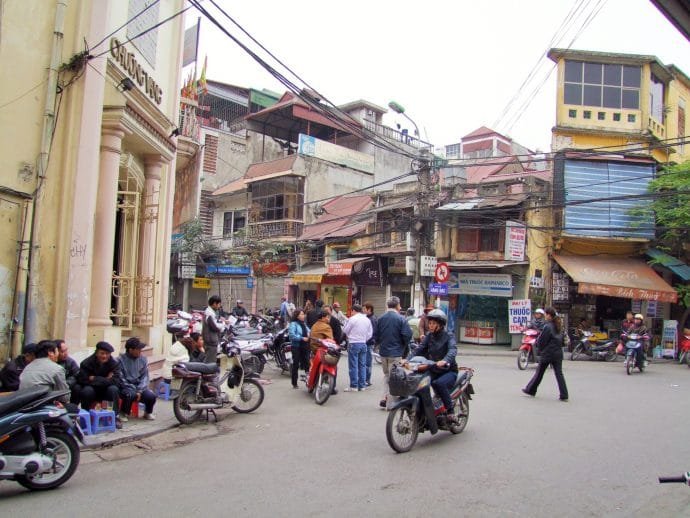

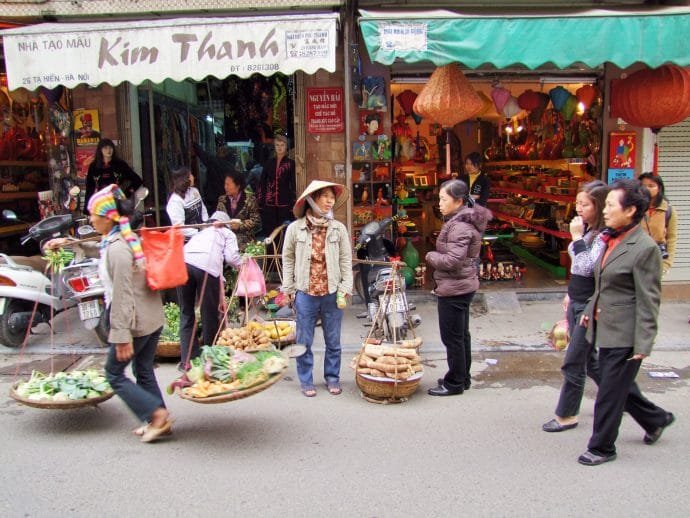


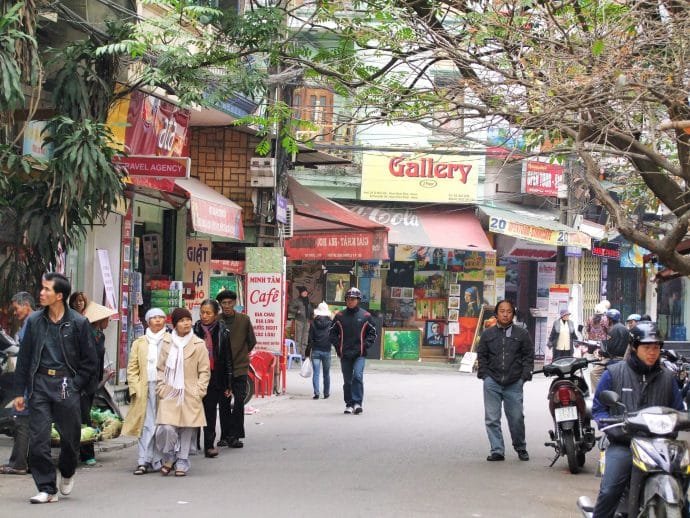

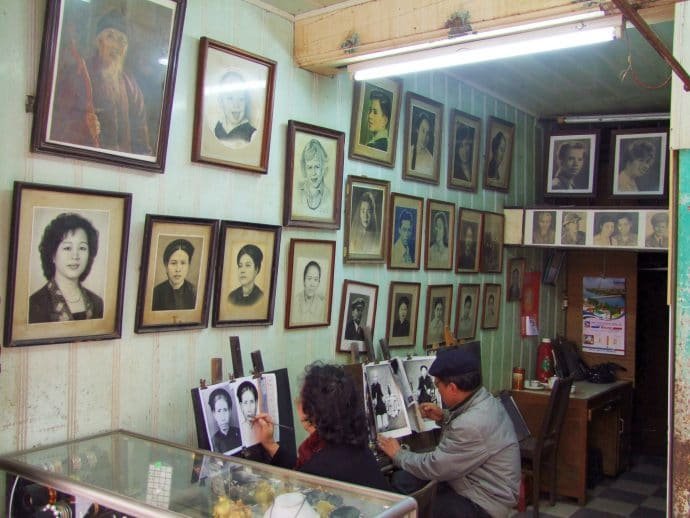
We started this day by going to Hoan Kiem Lake, the most emblematic of Hanoi. Located next to the old quarters, especially the colonial one, the lake is particularly known for its small islet in its middle, with a small tower placed on it. This small pagoda is dedicated to the sacred animal of the lake, the turtle.
This lake is associated with a legend from which it takes its name, which means the "lake of the restored sword". If there were turtles in the lake for a long time, when we visited, there was only one left, which is an endemic species.
[EDIT 2017: This last turtle, considered sacred, died on January 19, 2016…]

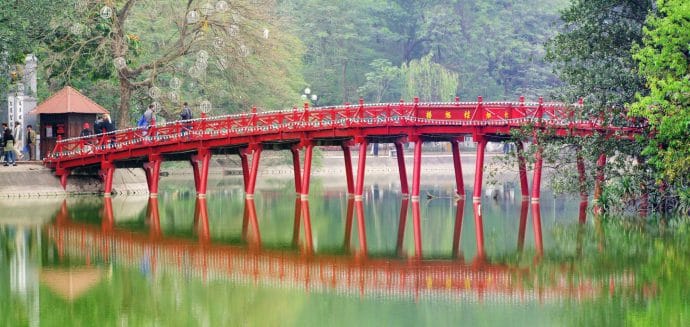
Hanoi's colorful markets
After this little stroll along the lake, it was time to eat (breakfast was still early). A sandwich for me, obligatory given my craving for bread.
Then we went to one of the markets in Hanoi, the closest to our crappy hotel (the Prince 2…)
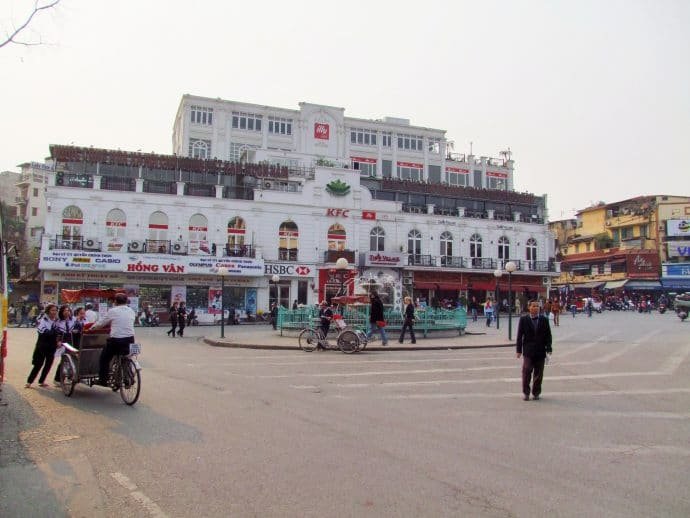
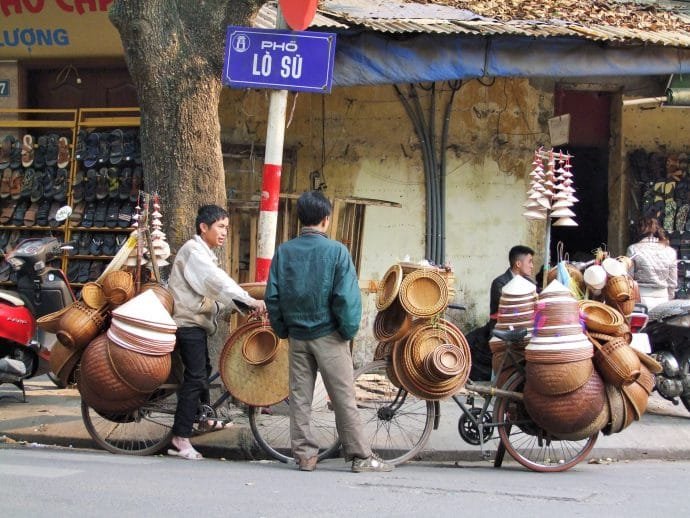
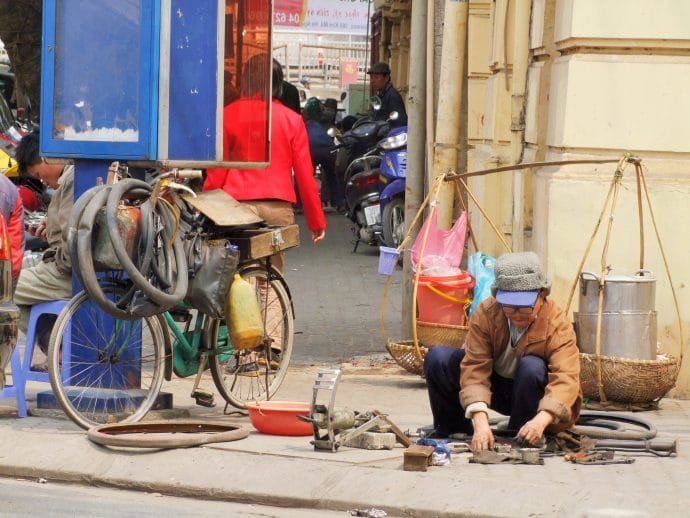
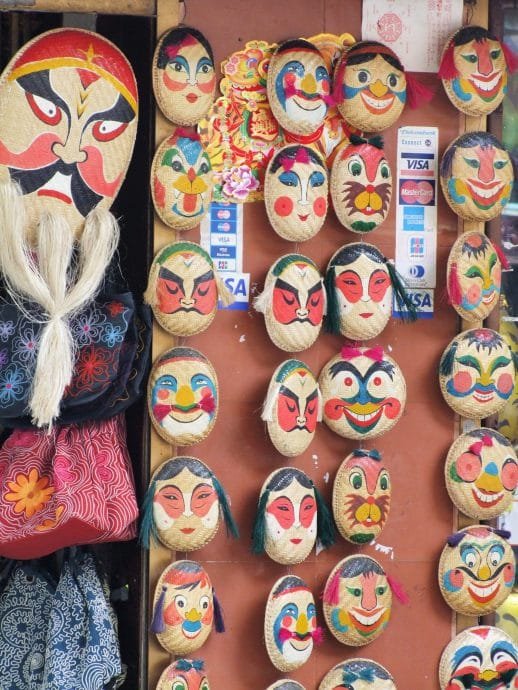


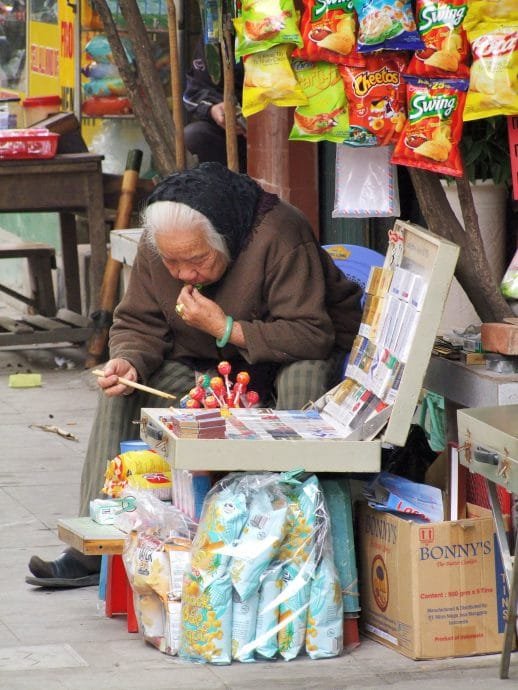
The anecdote about our "super" hotel is that sometimes it is better to pay a little more and avoid this kind of experience, the French couple that we met again during our excursion to Halong Bay the next day, had found at $6 in relatively similar conditions or even worse than us…
For our part, the rat in our room that we will chase away "gently" by kicking it, making it waltz into the hallway and completely shattering it; you have to see it to believe it... And all with an amused look on the part of the guy who did this to us.


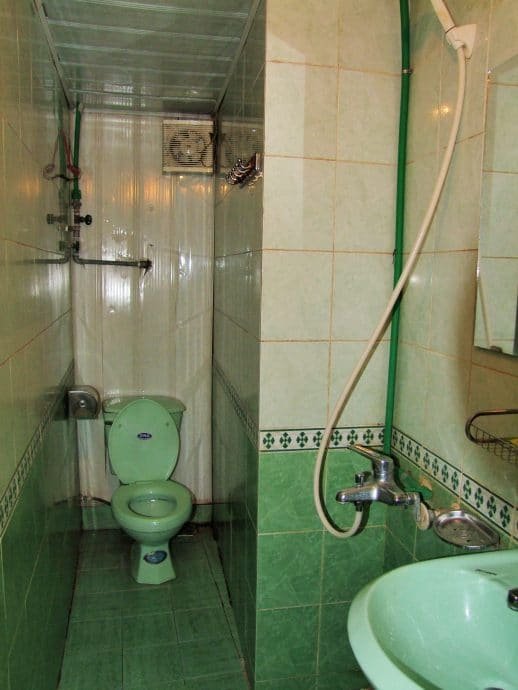
The market itself is spread out on the street, but there is also a covered part. It is mainly fruit and vegetables on the streets, while clothes and shoes can be found in abundance in the covered part.

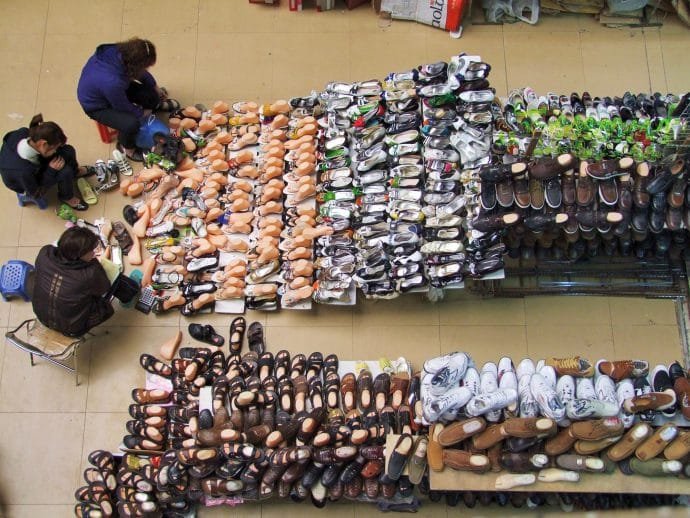




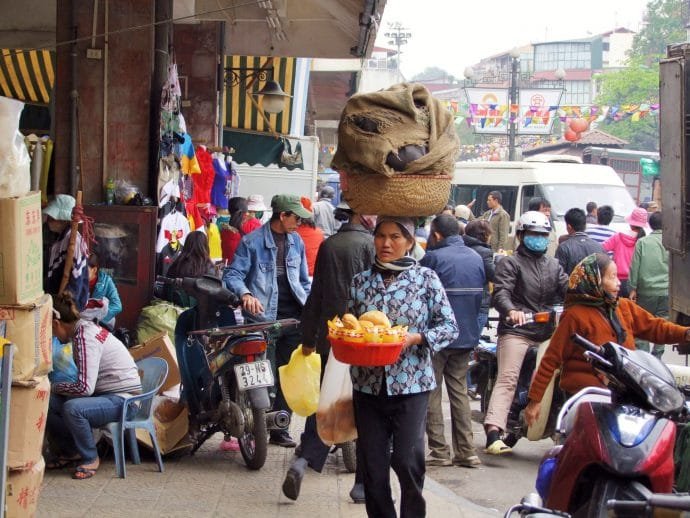

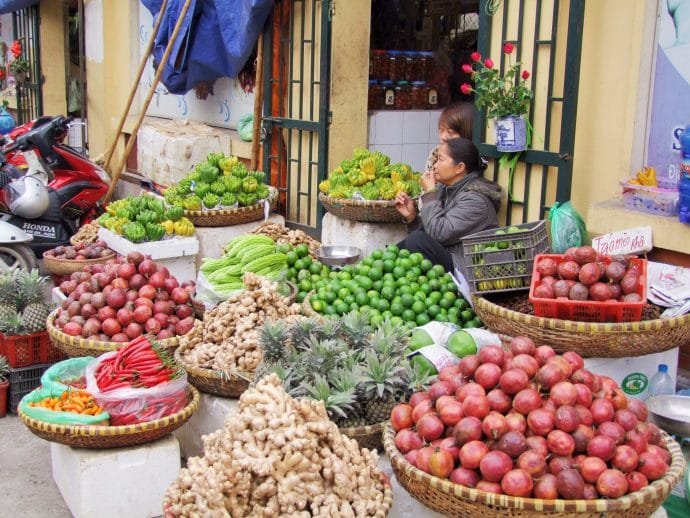



Tay Lake and Tran Quoc Pagoda
After wandering around the so-called "36 streets" district, we decided to take the bus to reach the banks of another lake where there is a pagoda. We inquire about the bus number and wait.
The system is the same as in Thailand, a ticket inspector sells the tickets directly, we had to make him understand where we wanted to get off, by showing the map, he apparently understood, but, to top it all off, he wasn't sure if the bus was going there (does it usually work on this line??), so he asked another person who confirmed that it was ok, on the other hand, good prince, he told us when we had to get off.

So here we are near Tay Lake (West Lake or Ho Tay in Vietnam), a large lake where young lovers and fishermen meet... But the lake is black with pollution, it's quite disgusting so not very romantic in my eyes, as for fishing, just look at the few dead fish floating on the surface.... Just opposite is another small lake, to say there are plenty of water spots in Hanoi.
We walk towards Tran Quoc Pagoda. Located on an islet connected to the eastern shore of the lake, Tran Quoc Pagoda is said to be the oldest in Vietnam. Its construction dates back to 514 and its restoration in the 1639th century (according to a stele affixed to the pagoda in XNUMX). Originally located on the banks of the Red River, it was damaged by a landslide and then transferred to the West Lake.

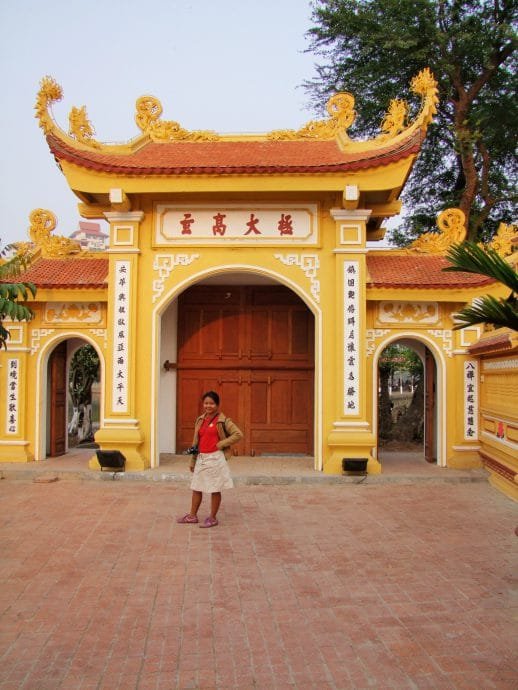

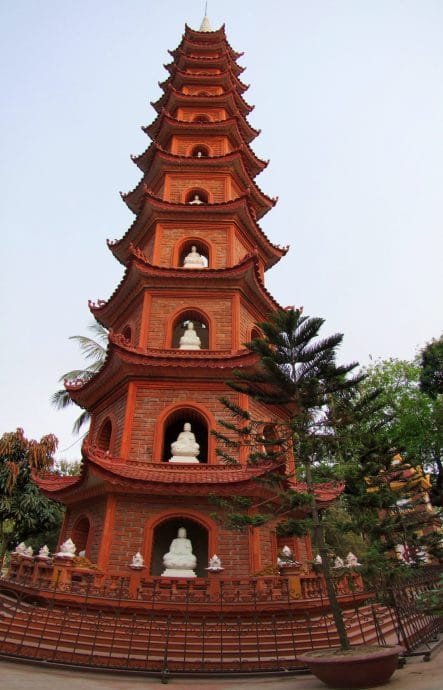

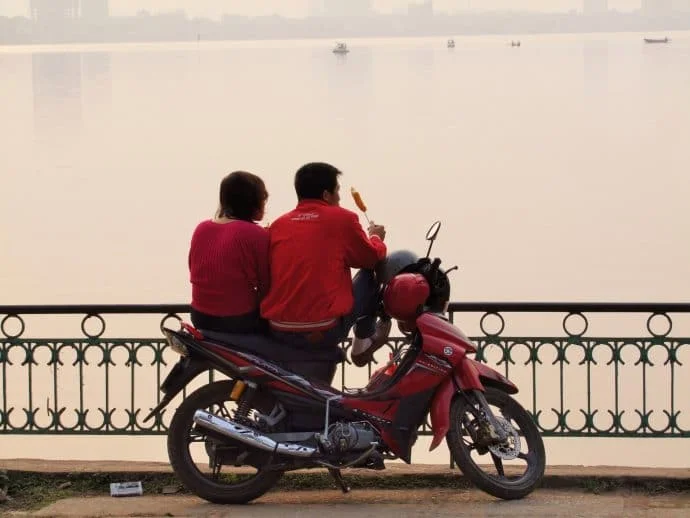
Ho Chi Minh Mausoleum and the beautiful districts of Hanoi
Then we go back down, to the base, we return to the center on foot, but we wanted to take a tour towards the famous pagoda with the single pillar (Chua Mot Cot), so we arrive in the district of Uncle Ho, the nickname that had been given to Ho Chi Minh. This district includes the residences of the rich (of the government too, I suppose), the presidential palace and the mausoleum where Ho Chi Minh rests.
This one is permanently guarded (you never know, maybe Uncle Ho wants to escape…) with its white line not to be crossed… which I hadn’t seen at first, I crossed it without meaning to and was immediately called to order…


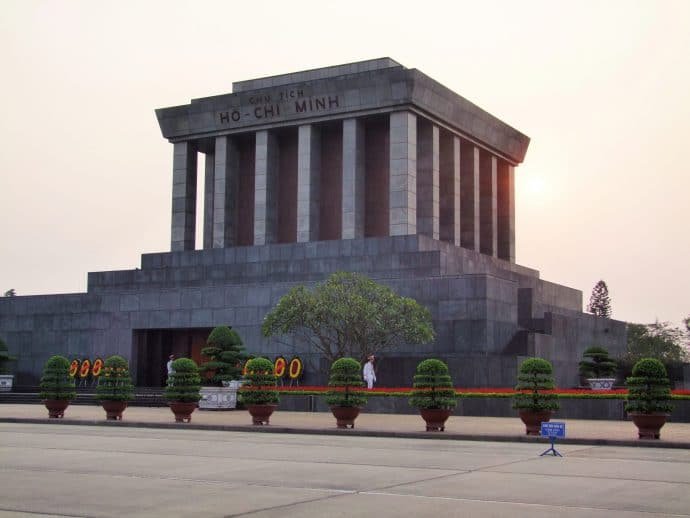


One Pillar Pagoda in Hanoi
A little further on is the pillar which, as its name suggests, stands on a single stilt, rebuilt in concrete in 1955 in order to consolidate it. This small square wooden construction dates from the XNUMXth century.
It was Emperor Ly Tay Tong who ordered its construction in homage to the goddess of mercy Quan Am, who had granted his wish to have a son. The interior contains a statue of the goddess, and right next to it is also a small temple.

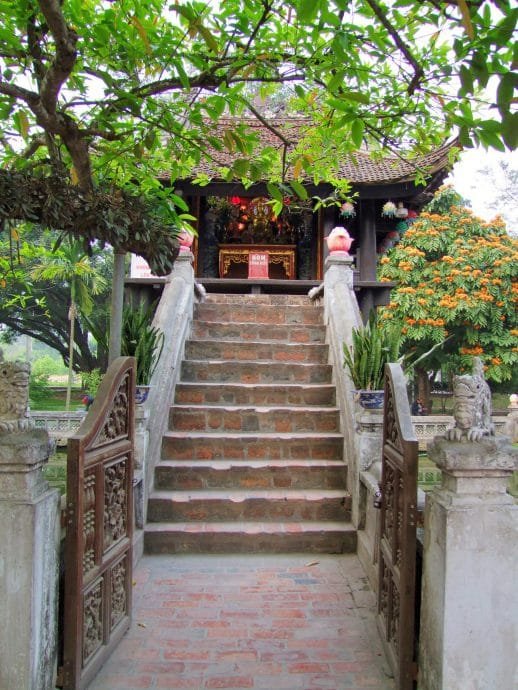
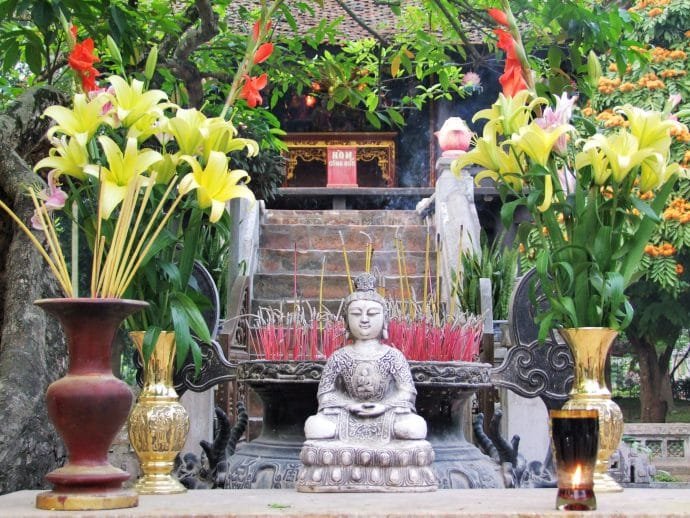
After all this walking we were very happy to go back and have a bite to eat near Hoan Kiem Lake!

